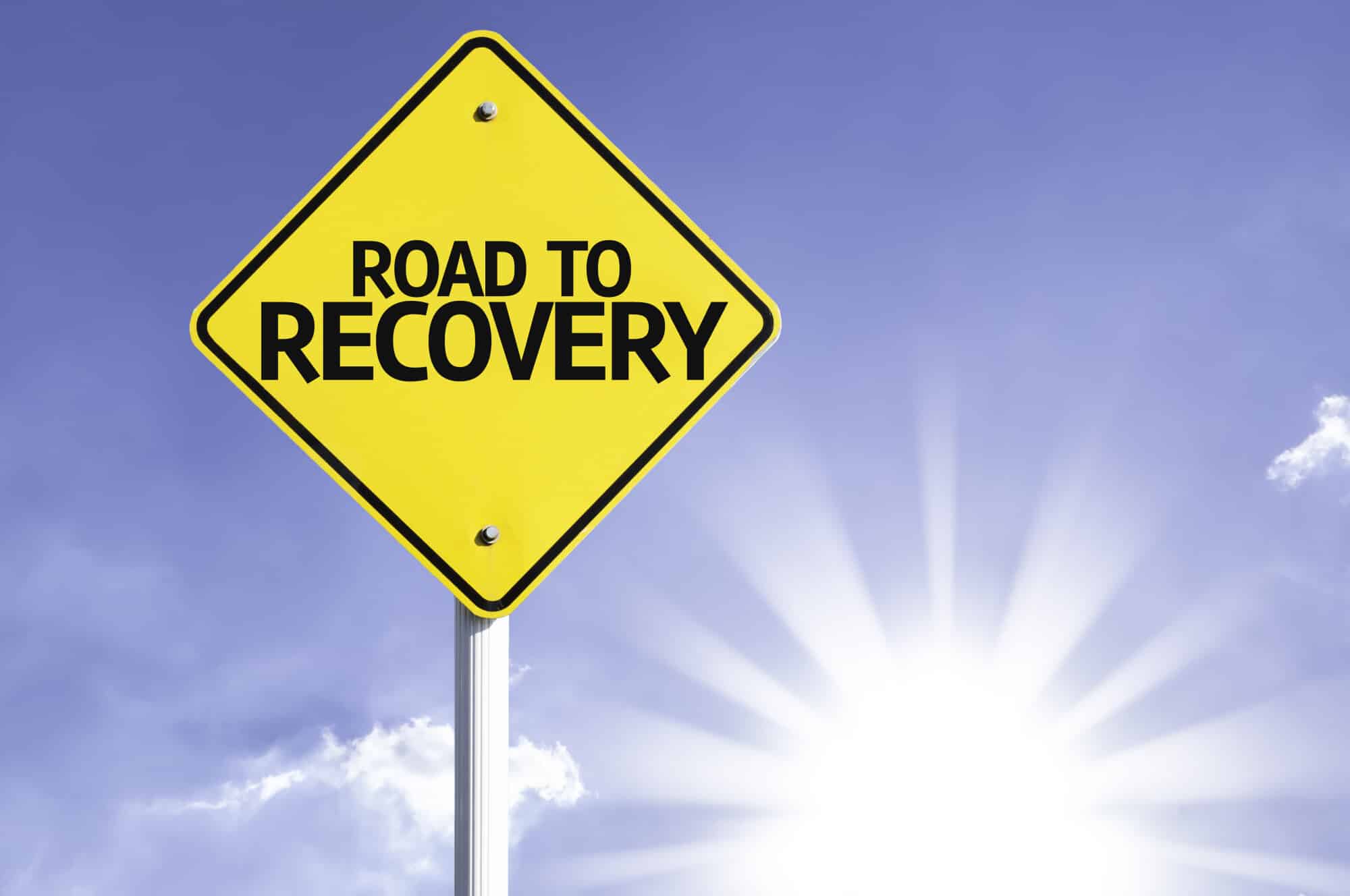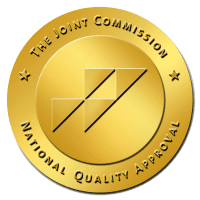Opioid misuse continues to impact over 9 million Americans over 12 each year, with 46.3 million people meeting the criteria for having a substance use disorder.
Although drugs like Suboxone are key in treating people with opioid use problems, it comes with its own risks, especially if you’ve been taking it long-term. If you’re struggling with Suboxone use, you’re likely asking yourself, how long does Suboxone withdrawal last?
Don’t worry, this guide will teach you what to focus on and ease your fears and frustrations. Read on to learn everything you need to know about Suboxone, Suboxone withdrawal, and how to get the help you need.
Overview of Suboxone
Your first step is to get a better understanding of what Suboxone actually is and how it impacts your body.
Suboxone contains two ingredients: buprenorphine and naloxone. It’s approved by the Food & Drug Administration (FDA) to treat people with opioid use disorder (OUD). OUD is a chronic condition that involves the use of opioid drugs, regardless of the consequences.
Buprenorphine is a partial opioid agonist, meaning it produces similar opioid effects like euphoria but in lower doses. These effects are weaker than when you take other opioids like heroin or oxycodone.
Overall, this makes Suboxone less addictive since it tricks the brain into thinking it’s getting the opioids it continues to crave. This ultimately decreases withdrawal symptoms and physical dependence on opioids.
How Long Does Suboxone Treatment Last?
Suboxone is used in opioid addiction treatment programs to help with withdrawal and cravings. The length of time you’ll take Suboxone varies. Each person has their own individual needs and treatment plans that determine how long they need to take Suboxone.
While Suboxone is very effective in helping people stop taking opioids by decreasing cravings and withdrawal symptoms, it can cause dependence when taken for a long time.
Even more, if you misuse Suboxone by taking more than the prescribed dosage or take it without a prescription, you can experience more significant withdrawal symptoms.
Suboxone Withdrawal
Even though Suboxone treats OUD and doesn’t produce the same type of high as other opioids, you can still experience withdrawal symptoms if you simply stop using it cold turkey.
This is why if you’re taking Suboxone, your doctor should recommend a tapering schedule that allows you to decrease your dose over time. This method will help to minimize any withdrawal side effects.
How Long Does Suboxone Withdrawal Last?
First, you’ll need to understand how long Suboxone stays in your system. Suboxone’s initial effects can last at least 24 hours. After you take a single dose of Suboxone, you can expect it to be undetectable in drug tests after eight days in healthy people.
Suboxone can remain in your body for up to two weeks if you have conditions like severe liver disease.
Half-Life
You must also look at the half-life of Suboxone. Half-life means the length of time it takes your body to eliminate half the drug. Different drugs have varying half-life times.
With Suboxone, half-life has a wider range based on the two medications it contains. The half-life for buprenorphine is 24 to 48 hours, and the half-life of naloxone is 2 to 12 hours. In general, it can take approximately five half-lives before you eliminate the drug from your body.
Withdrawal Symptoms Timeframe
Typically, Suboxone withdrawal symptoms can last up to a week, but in some cases can last up to 10 to 14 days.
Symptoms like joint pain and muscle aches will decline after the first three days. However, you can expect feelings of anxiety and restlessness to linger for up to two weeks.
In addition, most physical withdrawal symptoms usually resolve within ten days. However, many people experience psychological symptoms like depression for months.
The timeline can vary based on how long you’ve been taking Suboxone, your dosage, and your history of opioid use.
Physical Suboxone Withdrawal Symptoms
Suboxone causes various physical withdrawal symptoms that are just like common opioid drug withdrawals. These symptoms include:
- Goosebumps
- Muscle pains and aches
- Runny nose
- Nausea
- Vomiting
- Stomach cramps
- Diarrhea
- Sweating
- Teary eyes
- Tremors
- Twitching
- Insomnia
If you’re using Suboxone to treat OUD, you can expect these symptoms to be milder than other withdrawal symptoms you’ve experienced in the past.
Psychological Suboxone Withdrawal Symptoms
You can also expect to feel the psychological symptoms of withdrawal as soon as you stop taking Suboxone. These symptoms include:
- Depression
- Anxiety
- Mood swings
- Trouble concentrating
- Trouble with memory
- Intense cravings
These withdrawal symptoms can also trigger mental health problems to return to full force. Often, the symptoms of these issues are covered with drug use, especially anxiety, and depression.
You can also expect to struggle with other feelings of regret, guilt, and shame, and feel emotionally exhausted.
Experiencing these symptoms is the most overwhelming part of Suboxone withdrawal and isolates many people. It can also trigger more cravings since you may want to numb the pain you’re feeling.
Getting Help With Suboxone Withdrawal
The most important thing to remember is that you’re not alone. If you’re having problems with Suboxone misuse or struggling with withdrawal symptoms, a treatment program can help.
Getting this support will help you to manage withdrawal symptoms, decrease your risk of overdoses, and give you the support you need to work towards long-term recovery.
Medical Detox
Your first step is entering into a medical detox program like the Purpose Healing Center in Phoenix to help you through the initial withdrawal phase.
Detox involves ridding your body of all drugs and alcohol, but it’s only the first part of getting sober. Once you remove the presence of alcohol and drugs from your system, you slowly begin building a solid recovery foundation.
Before you start a detox, you’ll get an assessment of your overall physical and mental health. You’ll also review your substance use history and current withdrawal symptoms. From here you’ll receive a custom treatment plan and prepare for the next phase of treatment.
Healthcare staff will monitor you 24/7 by checking vital signs like blood pressure and heart rate. Medical detox involves medications to help ease your withdrawal symptoms. If you’re still using Suboxone, you’ll receive help with tapering your dosage to avoid severe withdrawal symptoms.
Once you get through the initial stages of detox, you’ll enter an addiction treatment program.
Residential Inpatient Treatment
Residential inpatient treatment, like at the Purpose Healing Center in Scottsdale, is the most intense type of treatment. It’s also one of the most effective programs.
Inpatient treatment programs last 30 to 90 days, depending on your treatment needs. You’ll live at the facility during treatment, which allows you to devote every day to the recovery process.
Behavioral Therapy
One of the first things you’ll do in an addiction treatment program is attend individual and group therapy sessions. This is because addiction and mental health disorders are closely linked. People with substance use disorders commonly struggle with mental health disorders like:
- Anxiety
- Depression
- Bipolar disorder
- Personality disorders
- Attention-deficit hyperactivity disorder (ADHD)
While people often have both of these together, it doesn’t necessarily mean one caused the other. However, many people with substance use disorders use drugs and alcohol to mask mental health symptoms.
This is why treatment programs focus heavily on behavioral therapies. You’ll see this referred to as dual diagnosis treatment.
Therefore, you’ll receive behavioral therapies like cognitive behavioral therapy (CBT), which is a type of talk therapy that identifies negative thinking patterns that lead to drug abuse.
Other Therapies
You’ll also have other therapies during treatment to address all aspects of your emotional, physical, and mental health. These therapies include:
- Family therapy
- Medication management
- Group therapy
- Relapse prevention
- Mindfulness and meditation
You’ll also begin attending community support groups like Narcotics Anonymous or Alcoholics Anonymous.
Partial Hospitalization Program
Once you complete an inpatient program, you’ll likely still need help managing your Suboxone use.
A partial hospitalization program (PHP) is a step down from the inpatient program but still offers a high level of care. You’ll live at home but attend treatment for up to six hours daily, five days a week.
You’ll continue with the same therapies, like behavioral and holistic therapy.
Intensive Outpatient Program
Finally, an intensive outpatient program (IOP) is another step down from an inpatient program and a PHP.
It gives you more time to work and rebuild your home life since treatment is typically three hours daily, up to five days a week. However, this can vary based on your needs.
An IOP gives you the chance to continue with behavioral therapy and Suboxone management.
Find a Supportive Treatment Program Today
Now that you know the answer to the question “How long does Suboxone withdrawal last,” you’ll better understand why you feel the way that you do.
Remember, help is available for you. The Purpose Healing Center is a leading alcohol and substance abuse treatment center in Phoenix and Scottsdale, Arizona.
We offer various treatment programs like detox, residential inpatient treatment, partial hospitalization, and intensive outpatient programs. We recognize that your journey is unique by creating custom treatment plans that address your needs.
We also provide holistic treatment to address all aspects of your spiritual, emotional, and physical health.
Make sure to contact us today for a free assessment and to learn more about how our addiction treatment programs can help you.



